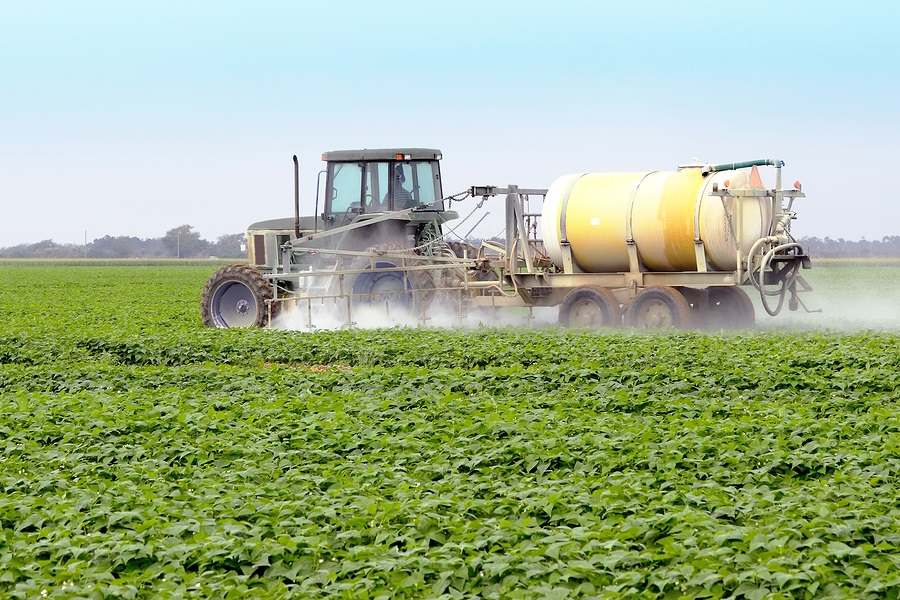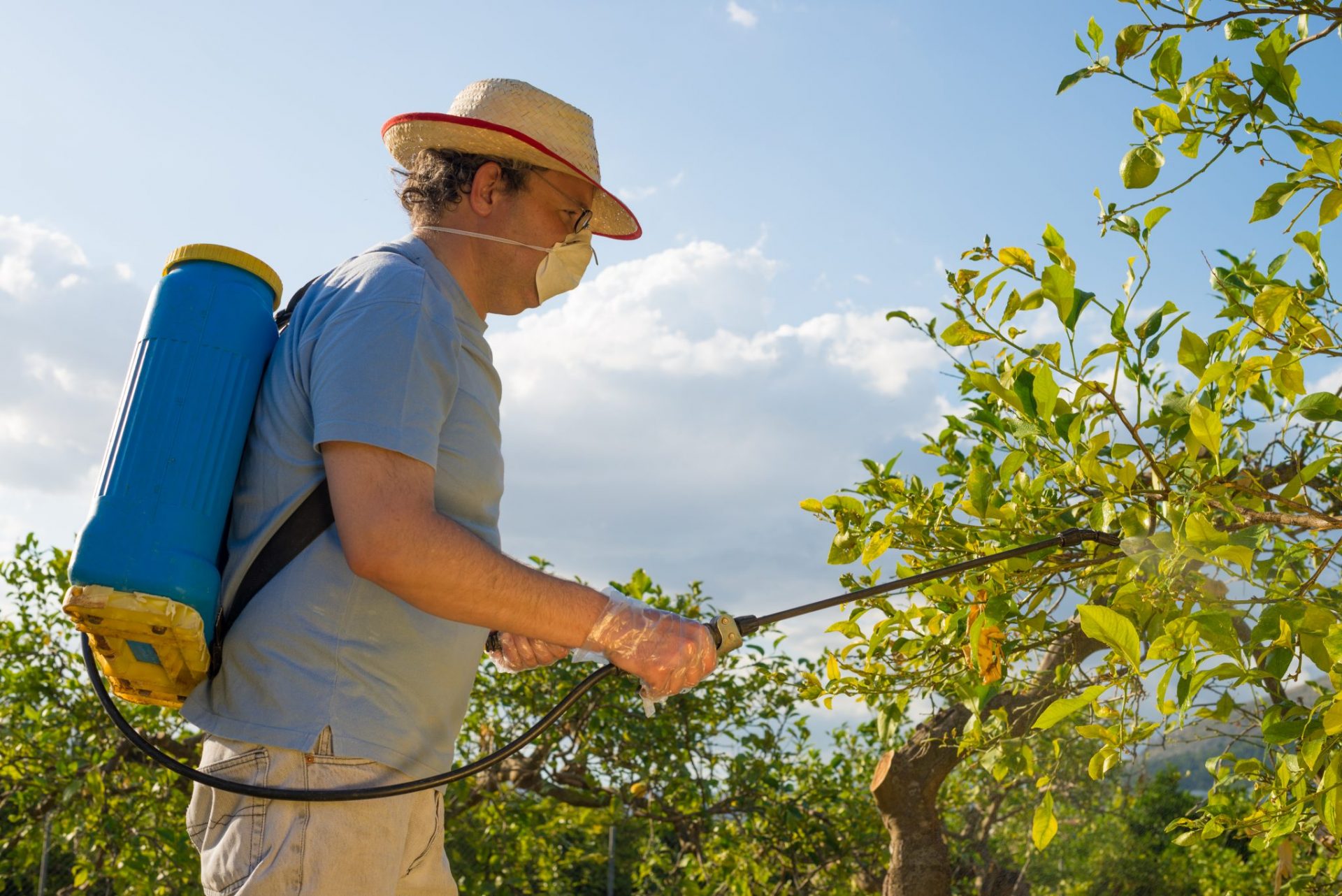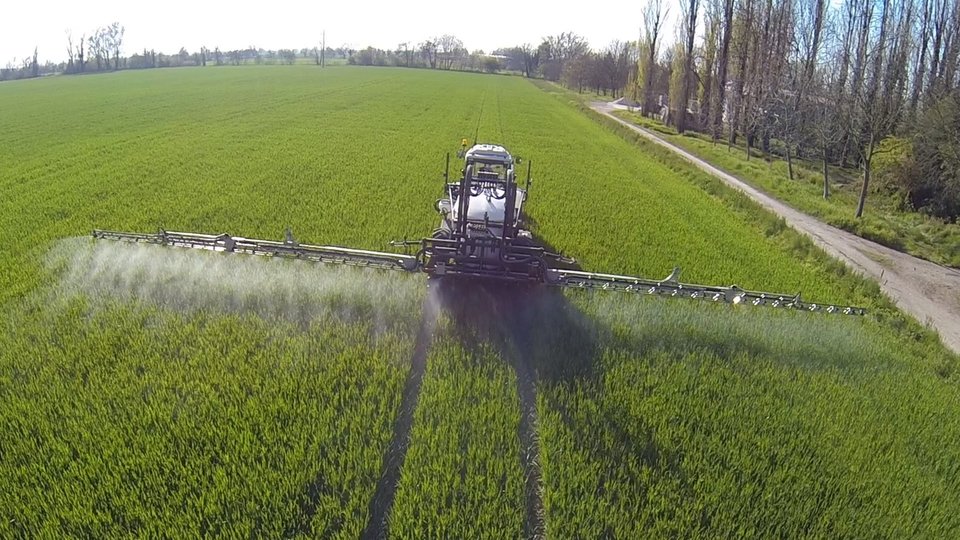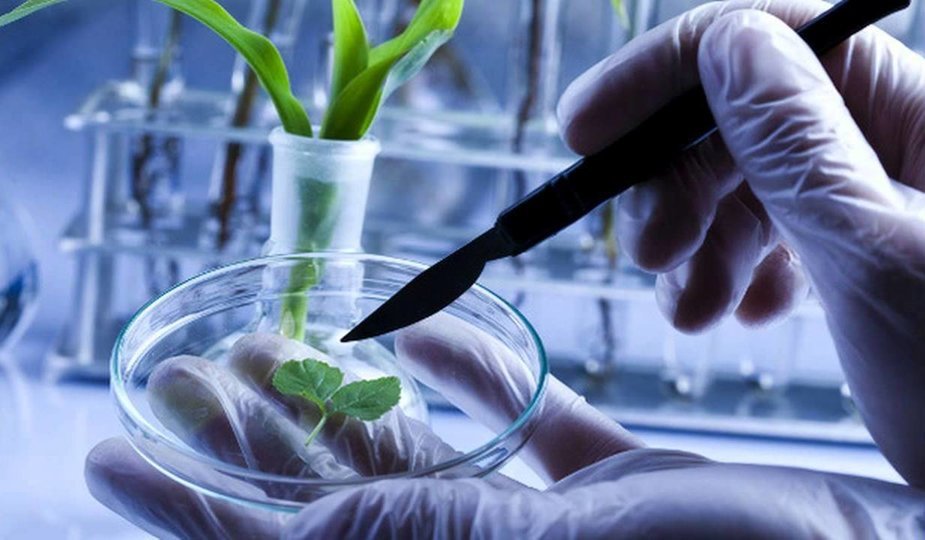Flint Michigan revisited: How safe is America’s water supply?
(NaturalHealth365) The Wednesday, December 14th, 2016 edition of the national newspaper USA Today contained the shocking headline, “4 Million Americans Could Be Drinking Toxic Water.” The article highlighted water contamination in the once oil-booming town of Ranger, Texas – which reminds us of the similar tragedy in Flint, Michigan.
The culprit: the 100-year-old lead pipes through which drinking water has been flowing for years. What is happening in Ranger is just like what happened in Flint, Michigan and other American towns in recent years. It begs the question: how many other communities across the country are contaminated by toxins and how could this contamination be affecting YOUR health and the health of your family?
Not only Flint Michigan: Lead is still a threat for many small communities
The United States Environmental Protection Agency (EPA) banned the use of lead for the soldering and construction of household plumbing in public water supplies in 1988. However, many small towns and rural communities are still functioning with pipes that are decades older than the 1980’s.
Water contamination in small-town America made headlines two years ago when city officials in Flint, Michigan decided to save money and switch their source of drinking water from Lake Huron to the notoriously-dirty Flint River. Shortly after, an increasingly high number of young children were being seen at local clinics with rashes and hair loss.
Researchers from Virginia Tech came in to test water running into Flint homes and found high levels of lead. As it turned out, the state Department of Environmental Quality had also decided to cut corners and was not treating the Flint River with an anti-corrosive agent, in violation of federal law. As a result, the water was eroding the lines. Lead from these old pipes was seeping into the public water supply.
After Flint’s situation was made public, one would think that more checks and balances would be put into place to protect small towns and rural areas from known toxin substances. This does not appear to be the case, however. Besides Flint and Ranger, there are hundreds of other towns that could be at risk.
According to statistics gathered by the EPA Safe Drinking Water Information System database, in June/July 2016, close to ten percent of all water utilities with less than 3,300 customers had lead in their supplies. A little more than eight percent of townships with a population of 3,301 to 10,000 had lead contamination as well.
“You know, I never thought this was something that we would be begging for, crying for … clean, affordable water,” said Flint Mayor Karen Weaver in a CNN interview in early 2016.
Crude oil pipelines threaten America’s groundwater supply
Clean water should be something that all individuals can rely on. But unfortunately, lead is not the only highly-toxic element that threatens the safety of millions.
By now, everyone has heard of the battle that residents of the Standing Rock Sioux Reservation in North Dakota have taken on in the fight for clean water. This time, the substance is crude oil, in particular, the chemical benzene that occurs within it. Many experts have stated that leaks both large and small along the 1,172-mile Dakota pipeline are inevitable. In fact, according to data from the Federal Pipeline and Hazardous Materials Safety Administration, 184,982 barrels of hazardous liquid were spilled from pipelines in the twenty years between 1995 and 2015. Fracking that has already occurred near where the pipeline will run could also induce seismic activity in the area as well.
The situation at Standing Rock continues and is one that all Americans should at least be aware of. The threats to water contamination that the Dakota pipeline represent effect more than just those on the reservation. Inevitable leaks to the pipeline will threaten the Missouri River and the estimated 18 million people who depend on it.
In addition, the pipe itself is set to travel underneath what is called the Ogallala Aquafer, a massive underground body of water that spans six states and supplies drinking water to roughly 80% of the 2.3 million people who live in the “high plains” area (1990 census). In addition, 90% of the water that is pumped up to the surface from the Aquafer is used for crops for all Americans; 20 billion dollars’ worth of food and fiber goods depend on the aquafer each year.
Both lead and benzene are carcinogens
Both lead and benzene are categorized as dangerous toxins by the World Health Organization. According to WHO, “there is no known level of lead exposure that is considered safe.” In regards to benzene, the WHO states that “human exposure to benzene has been associated with a range of acute and long term adverse health effects and diseases, including cancer and aplastic anemia.”
The Centers for Disease Control state that long-term exposure to benzene can lead to harmful effects on bone marrow and a decrease in red blood cells. The American Cancer Society sites studies with laboratory animals connecting high levels of lead to kidney tumors as well as brain, lung and other organ cancers. The biggest cancer connection for overexposure to benzene is leukemia, according to the National Cancer Institute.
The quest towards cancer prevention and better health overall must also include an awareness of how humans are affecting the earth and its precious natural resources. Whether it is the possibility of century-old lead pipes in your community or a mega-threat to our overall water supply, it is the responsibility of us all to ensure that our water supply remains clean for ourselves, our families and future generations. Part of your healthy lifestyle as well as your healthy breast protocol can include an acute awareness of how the health of your body is intimately connected to the geographic region that you call home.
About the author: Dr. Veronique Desaulniers (“Dr. V”) is a best-selling author and specialist in Chiropractic, Bio-Energetics, Meridian Stress Analysis, Homeopathy and Digital Thermography. After 30 years in active practice, she decided to “retire” and devote her time to sharing her personal, non-toxic Breast Cancer healing journey with others. Her years of experience and research have culminated in “The 7 Essentials™ “, a step-by-step coaching program that unravels the mystery of healing the body. Her website and personal healing journey have touched the lives of thousands of women around the globe. To get your F.R.E.E. 7-day mini e-course and to receive her weekly inspiring articles on the power of natural medicine – visit: BreastCancerConqueror.com
References:
https://www.atsdr.cdc.gov/csem/csem.asp?csem=7&po=8
https://www.cnn.com/2016/01/11/health/toxic-tap-water-flint-michigan
https://lancasteronline.com/news/national/lancaster-has-higher-lead-exposure-levels-than-flint-city-says/article_e6d9adc0-ca97-11e5-b18d-8bb50180afce.html
https://www.epa.gov/ground-water-and-drinking-water/safe-drinking-water-information-system-sdwis-federal-reporting
https://www.usatoday.com/topic/831dbaa4-5481-4995-837a-2bdf11f453a8/lead-in-your-drinking-water
https://www.pressreader.com/usa/usa-today-us-edition/20161214/281526520694069
https://www.phmsa.dot.gov/pipeline/library/data-stats/pipelineincidenttrends
https://www.scientificamerican.com/article/the-ogallala-aquifer
https://www.npr.org/sections/codeswitch/2016/11/22/502068751/the-standing-rock-resistance-is-unprecedented-it-s-also-centu https://www.democracynow.org/2016/10/18/standing_rock_sioux_pediatrician_threat_from ries-old
https://en.wikipedia.org/wiki/Ogallala_Aquifer
https://earthquake.usgs.gov/research/induced
https://www.businesswire.com/news/home/20161204005090/en/Energy-Transfer-Partners-Sunoco-Logistics-Partners-Respond
https://www.who.int/mediacentre/factsheets/fs379/en
https://emergency.cdc.gov/agent/benzene/basics/facts.asp
https://www.cancer.org/cancer/cancercauses/othercarcinogens/athome/lead
https://www.cancer.gov/about-cancer/causes-prevention/risk/substances/benzene
https://www.huffingtonpost.com/entry/a-nodapl-map_us_581a0623e4b014443087af35










